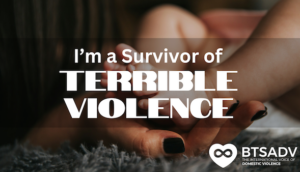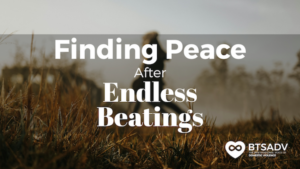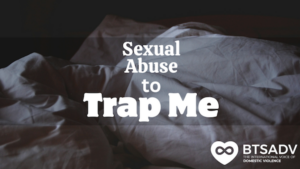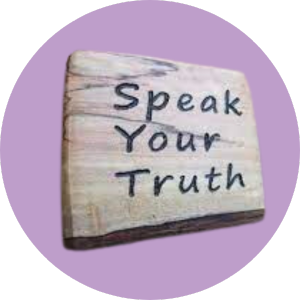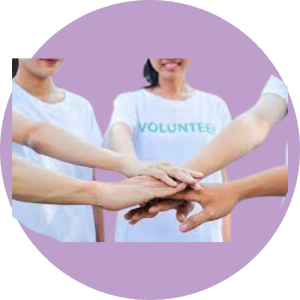As a domestic violence survivor, you might ask yourself dozens of questions as you begin your healing journey. Even if you’ve been on your journey for a period of time, these questions can still enter your mind. Some of the questions at the forefront might be, “When will I be healed?” and “What does healing look like?”
Well, to be honest, healing is different for every survivor. What may work for one person may not necessarily work for the next person. That’s why it’s so important to take your own path in healing. We might look to others to tell us how to heal, but healing is different from one person to the next.
What is known about healing is this: It’s a messy journey. There will be countless ups and downs. It is not a straight line. Healing will not take you a day, a week or even a month. Healing is a journey fraught with anxiety, tension, sadness, doubt, happiness, anger and so much more.
Taking your own path
Taking your own path means rediscovery. It means finding our who we are again and what we’re about. It is a path to freedom and peace. It’s not necessarily a path meant to be walked alone, though. Others may walk with you, but only you can walk through your own pain and experiences and discover a new, peaceful way to live your life.
Why it’s important to take your own path
After our experiences, it’s only natural to look to others to tell us how to live again – how to heal, where to eat, how to dress, etc. Survivor are so accustomed to being told what to do that it’s all we know. We look for answers outside of ourselves. We need to start looking for the answers within.
That’s the exact reason why it’s so important to take your own path in healing. We need to tell ourselves how to heal and how to find peace and freedom. A peaceful life won’t come from anyone else. It will only come from you. You need to make yourself a priority in your healing journey.
Examples and steps you can take
There are so many avenues you can take in order to follow your own healing path. Below are just some examples and steps you can take.
- Self care: It’s a big buzz word lately. What do you do to take care of yourself? What does that look like? Is it a bubble bath or a walk in the park? Is it listening to music or talking to a good friend? Do what you need to do to feel more at peace.
- Give yourself credit: So often, we are our own worst critics. I know I am. I struggle with giving myself credit for the things I have accomplished. What things in your life are you most proud of? Give yourself a pat on the back for them! So often, we complain about our struggles and obstacles we face. That holds us back in our healing journey. It will do us more harm than good. Find solutions and give yourself credit for completing difficult tasks.
- Retreats/workshops: Maybe attending a retreat or workshop focused on healing will lead you down the path you are meant to take on your journey.
- Share the love: It is known that when we are kind, generous and giving to others, it can boost our emotions too. When was the last time you gave someone a compliment? Lately, I’ve taken to letting someone know I love their outfit or even their smile. Lifting someone else up has lifted me up too.
- Therapy: Maybe attending regular therapy sessions will be a part of your healing journey. It’s okay to admit that you need additional help. While a therapist cannot heal you, they can guide you by giving you options and additional steps.
Remember, what works for one person may not work for another. So if you are an introvert, what works for you, may not work for someone who’s an extrovert and vice versa.
If you or someone you know is in an abusive relationship, there is help. You can visit the Break the Silence Against Domestic Violence website at www.breakthesilencedv.org or chat with one of our support line advocates at 855-287-1777.

